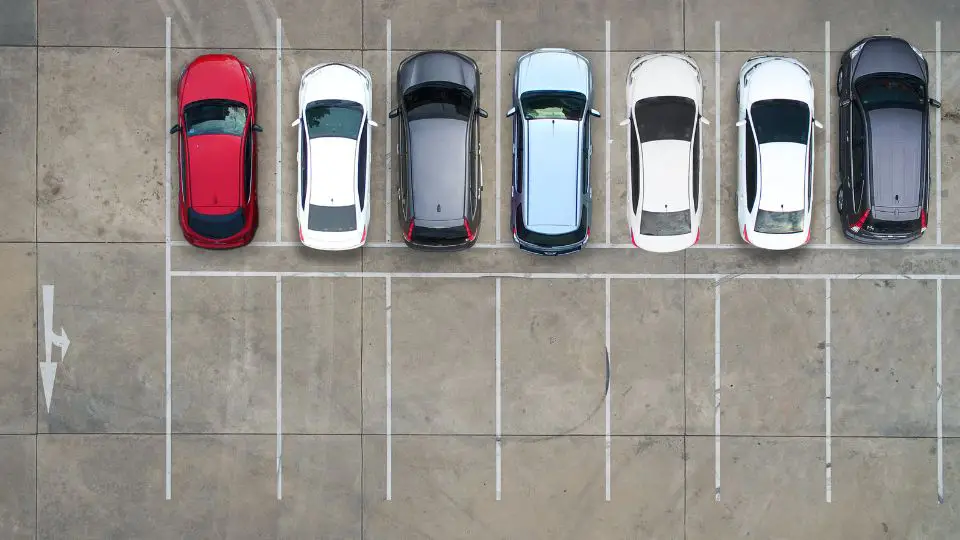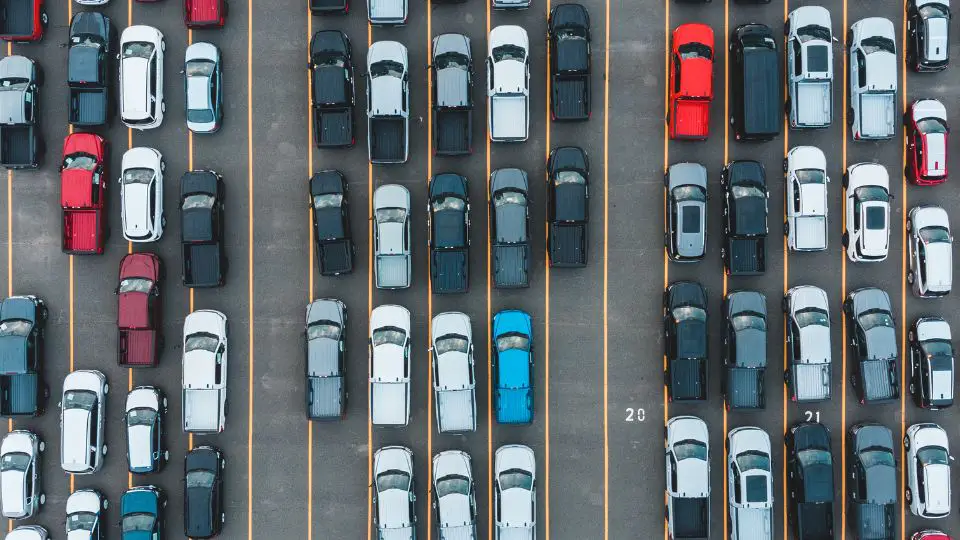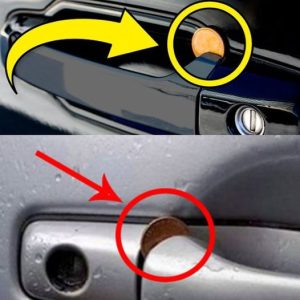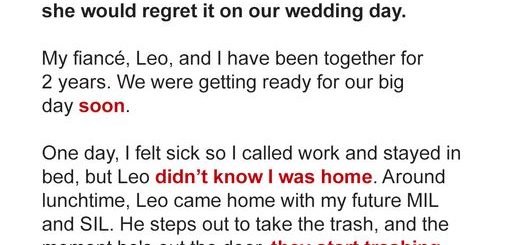For The Love Of All That Is Holy, Here’s Why You Should Stop Backing Into Parking Space
For a variety of reasons, it is not the best idea to back into parking spaces.
Determining the dimensions of a room and the amount of space necessary for a safe reverse can be challenging. Additionally, there’s a chance that you won’t notice something in your rear cross-traffic alarm system and end up in an accident with another car.
When reversing into a small space, mistakes are still very common, even with the newest safety technology.
Aside from the dangers, it’s frequently just inconvenient for other cars to have to wait for you as you carefully navigate into the space, particularly in a crowded lot with limited spaces. In fact, it’s so dangerous and irritating that it’s forbidden in some areas.
Although it’s technically better to reverse into parking spaces, most people, in my opinion, merely lack the necessary skills to do so.

It’s risky to back into parking spots
When pulling into a parking spot, drivers need to be cautious and aware of their surroundings.
This is particularly crucial in locations with heavy traffic or in parking lots with thousands of vehicles.
Aside from safety concerns, maneuvering a car into confined locations can be challenging in the absence of backup cameras or other alarm systems.
While some new cars have view cameras that let drivers see what’s behind them when reversing, not all cars have this technology.
There is a safety risk while backing into parking spots since many people lack the necessary skills.
Along with other drivers and cars on the highway, there are additional things like pedestrians and things that are hidden from view from inside the car.
Reversing on streets, driveways, or parking lots raises the possibility of colliding with oncoming traffic or pedestrians.
Both drivers and pedestrians may suffer severe injuries in these collisions.
Parking spaces that are backed into by other drivers might be annoying
Taking up more than one stall when reversing is a gesture of inconsideration towards other drivers. Furthermore, there might not be enough space behind you in a crowded parking lot to ensure that you can back into your selected position securely. And it surely takes longer.
Not only do the best reverse parkers take longer to back into a position than the average person, but they also take longer than that.
The ease of backing in might not justify the time you save, nor does it reduce the possibility of an accident or damage to your car and other drivers’ vehicles.
It doesn’t genuinely compensate for the additional time you have to invest in backing up earlier.
Moving forward into parking spaces is advantageous to all parties.
This will guarantee that every car is parked in the lot properly and easily and lower any possible risks for both drivers and pedestrians.

Kindly don’t go back in
For a variety of reasons, it is best to avoid backing into parking spaces. First of all, it might be challenging to see everything around you when you are backing into a parking space, which could endanger both your safety and the safety of others.
For optimal visibility and added safety, it is recommended that you pull into a parking place.
Second, because of their size and placement in respect to other cars, larger cars or pickups might not always be able to back into a space.
In this case, pulling forward makes things considerably easier because it gives you more room to maneuver and reduces the possibility of making a mistake when attempting to exit the area again.
Finally, if there is a dearth of space within a lot or restricted lanes, drivers should refrain from backing into spots, even though they may all agree that it’s the next best thing to do.
It might be hazardous
If done incorrectly, backing into spaces can be a risky move that results in accidents.
For instance, tinted glass or other obstructions may make it difficult for a driver to see the front wheels of an old, massive SUV when they are backing it into a parking space.
This can result in the car colliding with an oncoming car or obstruction.
Parking lots can also have unpredictable traffic, and drivers may not have enough control over their cars when reversing.
Safe driving proponents advise against backing into parking spaces and instead advise drivers to park facing forward so they may see more clearly ahead and be ready for any unforeseen circumstances, such as other cars unexpectedly entering their area. It can be challenging enough to parallel park in a space, and when you back into one, the front windshield may block your view of neighboring cars.
You have to use your side mirrors to keep an eye out for any oncoming vehicles or stationary objects when backing into an area. Compared to parking forward, this may need more focus and work.
Furthermore, there is a chance that your car’s rear bumper will collide with another vehicle or object if it is not positioned correctly when backing in.
Before pausing, make sure you have enough space and time to adjust and get into the ideal position.
In conclusion, it’s best practice for drivers to park facing forward instead of backwards to be better prepared for any unforeseen circumstance on the road ahead owing to less visibility and increased difficulty driving a vehicle while backing into a parallel parking place.

In some places, it is prohibited
Reverse parking may even be illegal in certain situations. In several counties and states, the practice is prohibited in particular municipal lots and busy parking lots.
This is because, in addition to being dangerous, backing into the area prevents other cars and pedestrians from seeing your brake lights when you drive out later.
They are unable to discern whether you are stopping, which could lead to an accident.
While some locations that have angled parking spaces encourage it, most of the time it is merely an annoyance at best and a risk at worst to other automobiles and pedestrians (especially the ones that are parked so closely alongside you).
Please just don’t back into parking spaces
Backing into parking spaces puts drivers and their cars at unnecessary risk, which fosters an unhealthy culture of riskier behavior.
Larger vehicles might even obstruct traffic lanes when trying to reenter a parking space.
Furthermore, this makes it more likely that you will be noticed by any potential robbers who may be hiding in the lot, and you never know when other drivers will try to move up and end up running into you.
Cars parked in parking spots are rarely attractive subjects for photos. Finding an open spot and cautiously pulling into it is the proper way to park your car.
Find another place if there isn’t a space you can fit into. It can be dangerous to back up into an area since you might not always have a precise sense of how big the gap is, which could accidentally result in damage if you estimate it incorrectly.
Additionally, backing in could result in a parking violation for you.
The license plates and lot permits of cars parked with their front windows facing the street are readily visible to traffic wardens, enforcement officers, and meter maids.
This is usual procedure for these kinds of jobs, so park your automobile in a location that is suitable in size and make sure your permission tags are visible.
All of this basically means that if you believe that backing into your parking space is helping you and other people, you are not. Just enter as everyone else has.









